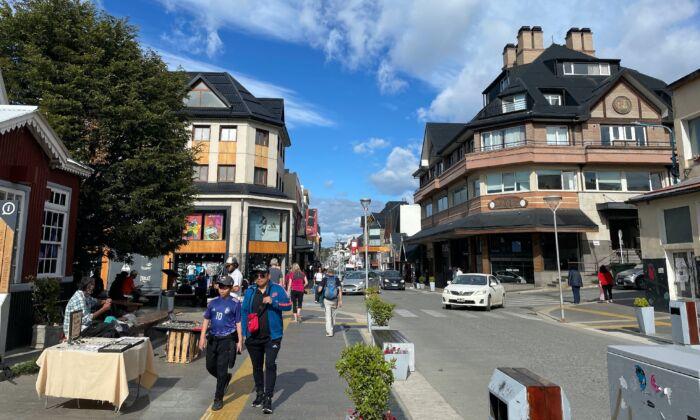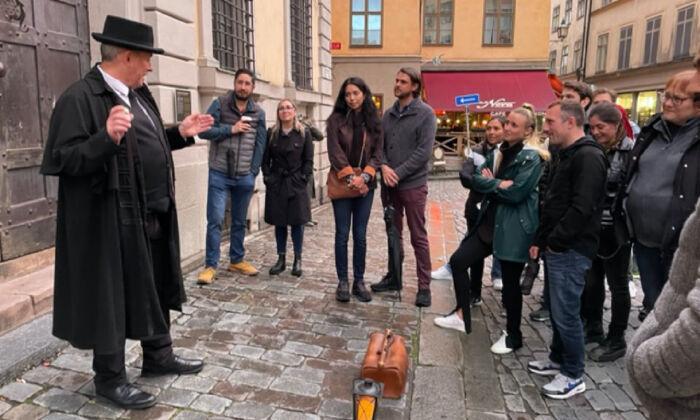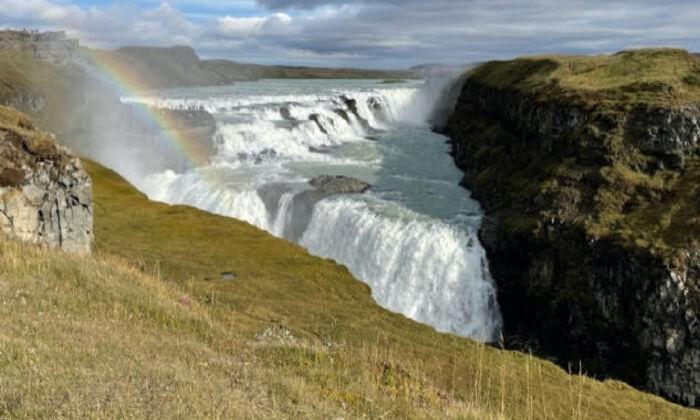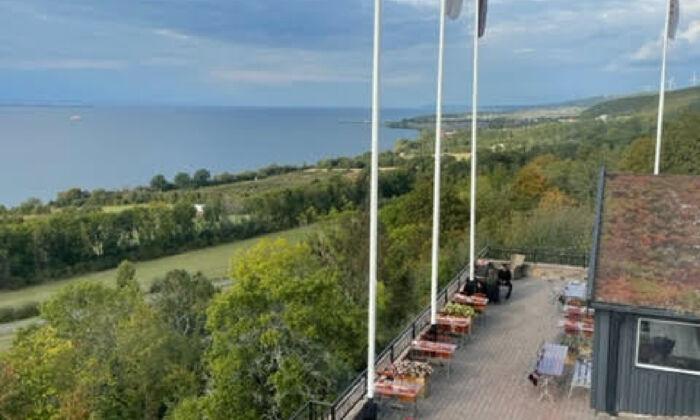On our way to and from an Antarctic adventure on the National Geographic Explorer vessel, my husband and I had a little time to spend in Ushuaia, the southernmost city in the world. It was an unexpected part of our expedition, but we found it was a city worth visiting in its own right. We wished we had budgeted more time to enjoy it.
Our first taste of the city was from a tour bus between the airport and a waiting catamaran that would be our introduction to the Beagle Channel. As we drove through town and then into Tierra del Fuego National Park, our guide shared with us some of the details that make this part of the world so unusual. Often a rainy climate where winds can blow up to 75 miles per hour, this is the only place in Argentina where the mountains, sea, and forest all come together. This makes for excellent terrain when rain turns to snow for visitors to ski, dogsled, and enjoy music events that celebrate the longest night of the year in snowy June. The Andes make a sharp turn here at the southern tip of the continent and begin to run from west to east and then underwater down to Antarctica.
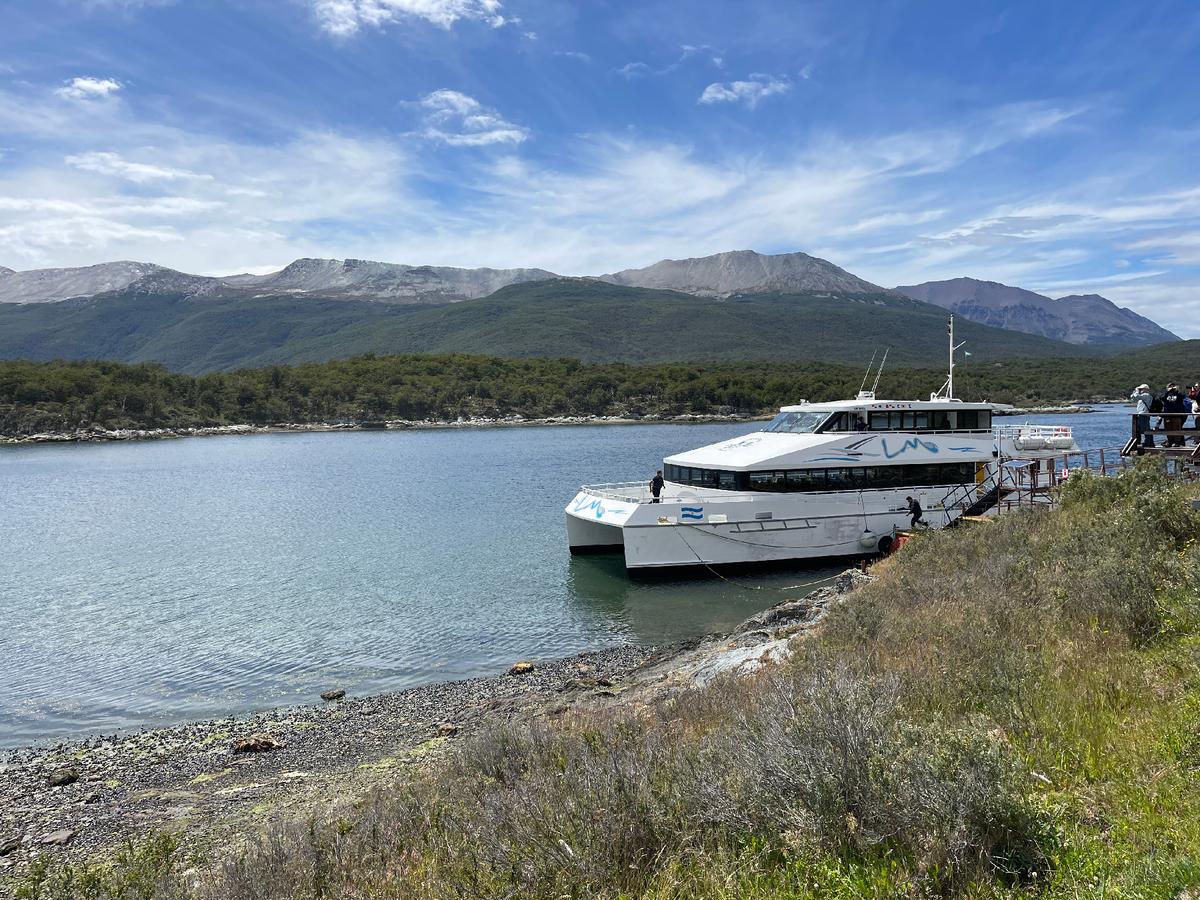
Tree roots grow along the surface of this young land where only a few inches of soil rest on a surface that was covered by a glacier just 20,000 years ago. Beech trees adorned with wild mistletoe make up most of the forest. Sadly, the climate here is inhospitable to trees; it can take up to 300 years for one to fully decompose, and it takes up to 100 years for a new one to grow. A wild plan to increase residency in Ushuaia by introducing 48 beavers for hunters in 1946 went terribly wrong and now up to 100,000 beavers gnaw on those remaining trees without predation.
Residency in Ushuaia has long been an important goal for Argentina as a way to exercise sovereignty so close to Chile. In fact, the entire territory of Tierra del Fuego is separated from the rest of Argentina by the Strait of Magellan and is only accessible by land on roads that traverse through Chile. Thus, it has been a priority of Argentina’s to entice residents to the territory and establish the country’s position there. The park through which we drove was established in 1960 for that very reason.
Before that, other efforts had been made toward the same goal. There had been a native population, the Yamana, who had made Tierra del Fuego their home for thousands of years, but missionaries who discovered them in the 1850s brought diseases that eradicated their population by 1881. Then the first Argentinian flag flew in 1884. The small settlement the missionaries began didn’t really take hold until Argentina established a penal colony in Ushuaia in 1902 to further promote settlement. The thought was that jailers would bring their families along and thus necessitate schools, stores, and businesses to support and grow the small city.
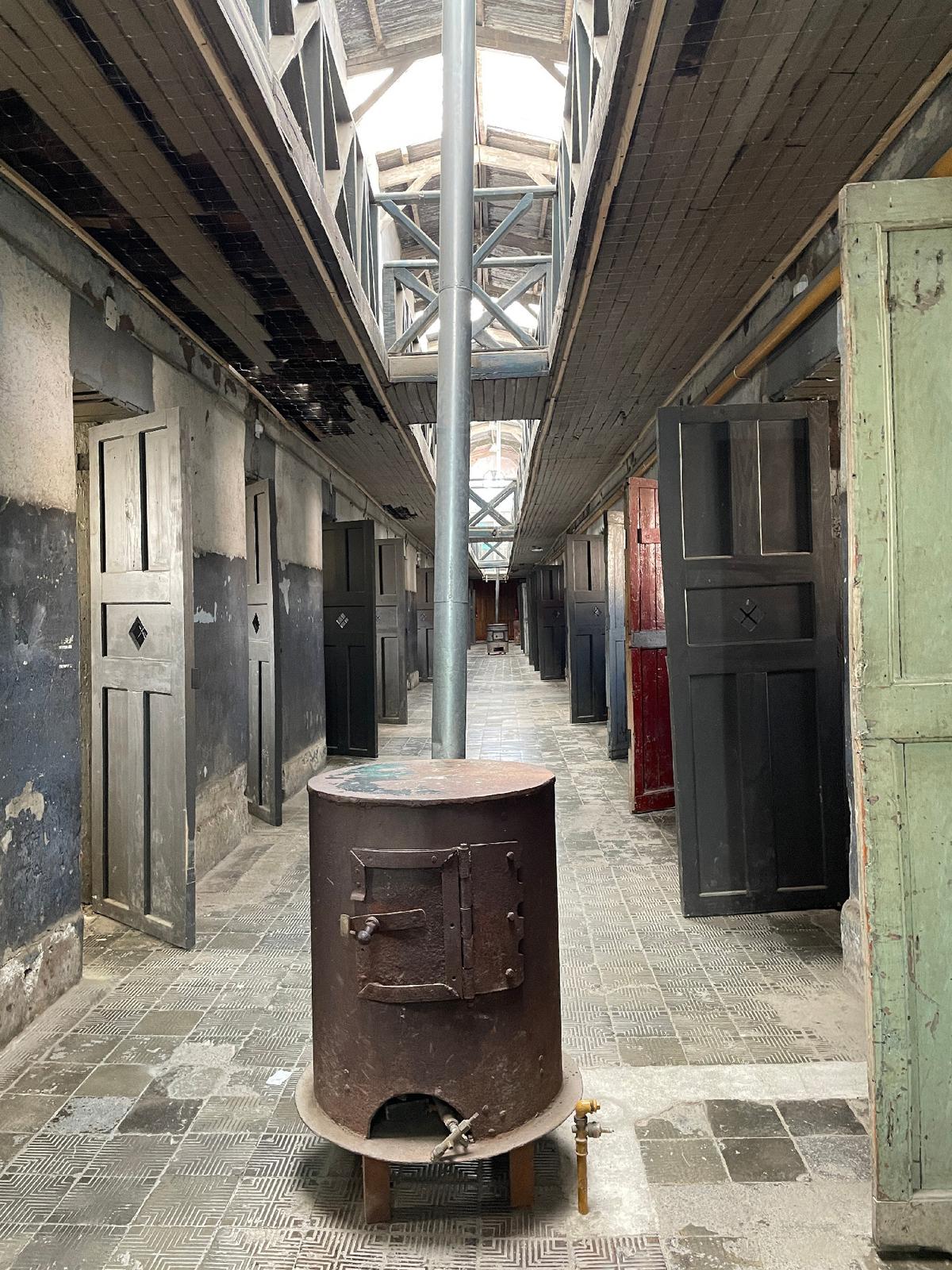
The prison officially closed in 1947, but now a museum there depicts what life was like for the prisoners, who were among the worst in Argentina. Small cells and strict rules were the way of life for up to 600 inmates who inhabited the 386 cells. In the first 20 years of the prison, inmates worked to build up Ushuaia. Not only did they build their own penitentiary, but they also built the city’s roads, bridges, and a 15-mile train track through town and up to what is now the national park. Their work groups provided services such as printing, firefighting, electricity, and telephones to the rest of the city. It was almost impossible to escape this prison, and very few tried. Their stories are included in exhibits tucked into restored cells there.
In other wings of the prison, art and culture of the area are highlighted. One exhibit expands on the historical information about the first Yamana people. We had become aware of these fishing people at an interpretive center in Tierra del Fuego National Park, but this museum uses life-sized dioramas to explain different aspects of their story.
The prison also devotes space to the special bicontinental relationship Argentina has with South America and Antarctica—one of only a handful of bicontinental countries in the world. Penguin species from Antarctica are displayed in icy dioramas, and explorers from the Heroic Age of Antarctic Exploration are honored near plaques detailing their expeditions and models of ships that were important to the history of the area.

